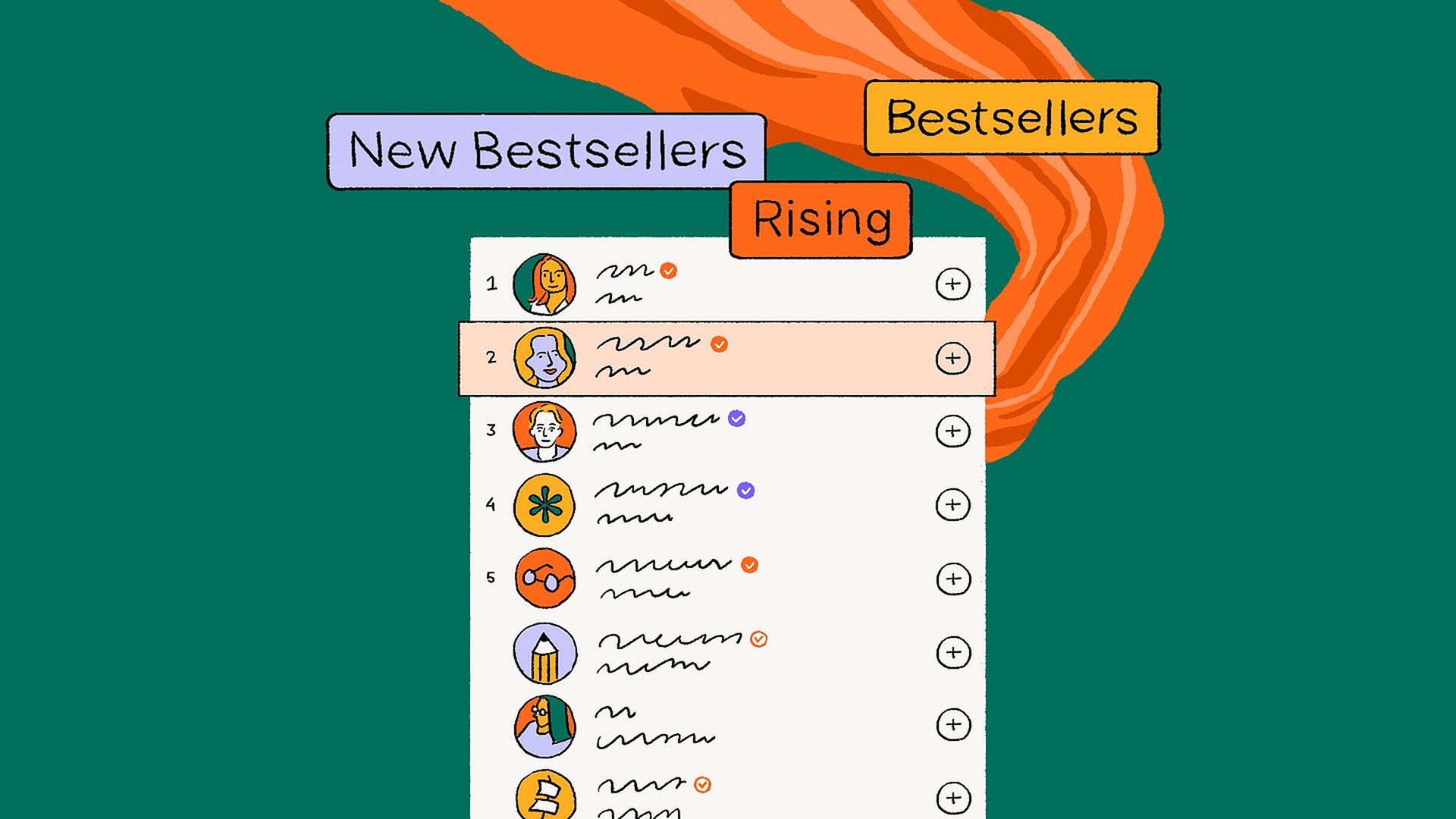Substack forces IAP, hits writers with 30% fee

Substack implemented a policy change requiring all writers to offer Apple’s in-app purchase (IAP) payment option, leading to a 30% fee for subscriptions purchased via IAP. Substack will adjust iOS app prices upward to maintain writer earnings, effectively passing the cost to readers. This decision, announced last week, was made without an opt-out for writers.
The policy follows Substack’s $100 million Series C funding round, with The Chernin Group (TCG) involved. TCG has a history with companies like Food52, Hodinkee, and Cameo.
Specific effects on writers include:
- Price inflation: Substack writers face a 30% increase on iOS subscription prices.
- Payment delay: Writers must wait 45 days for payment from Apple.
- Lack of consent: Writers had no input on the decision, despite business consequences.
- Mandatory feature: The feature cannot be disabled.
Stripe powers backend payments for Substack. Writers connect their own Stripe accounts, retaining ownership of reader data and the billing relationship. When a reader subscribes, they become a customer in the writer’s Stripe account, allowing writers to view, update, and manage billing settings. Substack charges a 10% fee for facilitating payments via the Stripe API.
Writers could previously disconnect their Stripe account from Substack to migrate to other platforms. The new policy, however, transfers control of the billing relationship to Apple, which now owns the subscription. These transactions, subscriptions, and customer data will not be accessible in writers’ Stripe accounts. This prevents writers from porting paid subscriptions if they leave Substack, creating platform lock-in by stripping data and control.
Data portability is a practice in the creator economy that enables users to export and import data across platforms, fostering competition and allowing creators to choose platforms as their needs evolve. Tyler Denk, in an article published August 26, 2025, noted that Substack’s move “is blatantly trying to destroy writers’ freedom to choose how to build their businesses” by ceding the billing relationship to Apple, aiming to lock users into the platform. This aligns with a predicted pattern for “exploitative take-rate businesses”:
- Take control: Control of the end user.
- Increase dependency: Increase platform dependency.
- Increase take rates: Mark up take rates over time.
Examples of increased take rates include Patreon (5% to 12%), Gumroad (4% to 10%), and Etsy (3.5% to 6.5%).
Substack has progressively deployed this strategy:
- 2022: Substack launched an app, shifting audience control by sending automated emails to readers to download the app. This aimed to control the end user.
- 2023: Substack employed “dark patterns” to encourage new subscriptions, taking credit for writer growth, which increased platform dependency.
- 2025: Substack severed the billing relationship, preventing easy migration and further increasing platform dependency.
Given Substack’s $1.1 billion post-money valuation after TCG’s investment, an increase in Substack’s take rate is anticipated, potentially leaving writers with no alternative due to the inability to migrate subscriptions. This predatory approach is not aligned with user preferences.
Oliver Darcy, for example, launched Status last year on beehiiv, maintaining brand identity, full audience ownership, and 100% of revenue earned, achieving over $1 million ARR in the first year. Sophisticated creators recognize the value of business ownership and avoiding platforms with misaligned incentives, drawing parallels to experiences with platforms like Facebook, Twitter, and Google.
